Introducing children to addition can be an exciting milestone, especially when you use the Montessori method. It has been a wonderful journey for us at home. The beauty of Montessori is in its hands-on, discovery-based learning, where children are encouraged to explore concepts at their own pace.
Keep in mind that teaching addition through Montessori goes beyond memorizing facts; it gives children real, meaningful experiences with numbers that help them truly understand how addition works. If you’re ready to bring math to life in your classroom or at home, keep reading for simple steps, practical tips, and trusted resources inspired by Master the Montessori Life.
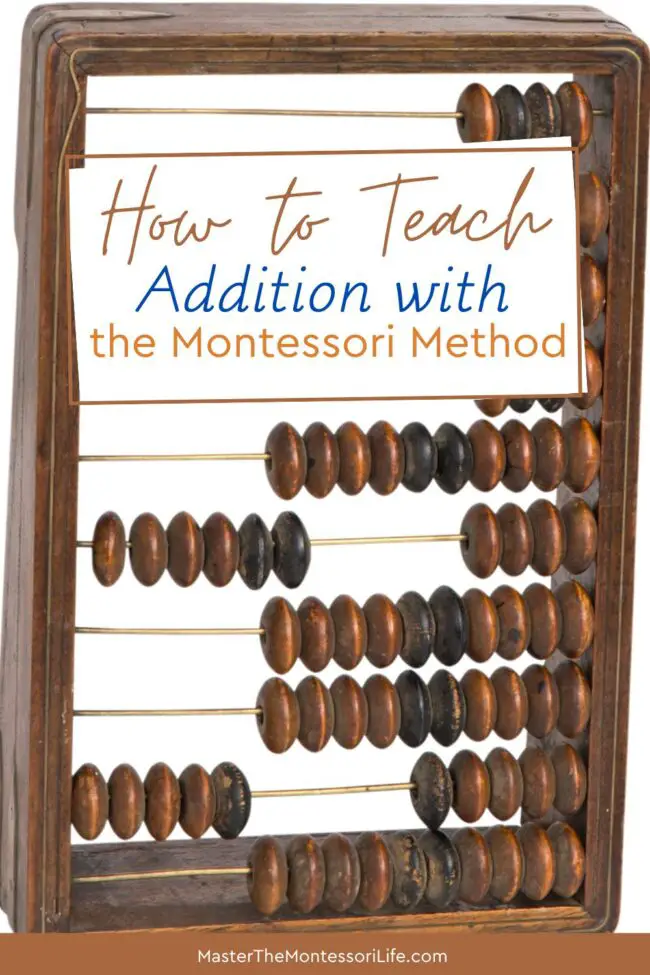
Creating a Concrete Foundation for Addition
The Montessori approach introduces mathematical operations with concrete materials before moving into abstract thinking. Young learners around age 3 start by using tangible objects such as beads, number rods, or counters to physically combine quantities and see the concept of addition in action.
For example, children might use colored bead bars to count out three beads, then add two more, and finally observe that there are five beads altogether. This hands-on work allows children to physically manipulate objects, helping them internalize how quantities come together.
Don’t discount the importance of concrete work. It isn’t play and it isn’t entertainment for children. When children see and touch what they’re learning, addition turns from an abstract idea into something tangible and clear.
If you’re looking for quality tools to introduce addition, browse the engaging math resources available at shop.masterthemontessorilife.com. These tools are designed to make early math work inviting and interactive!

Moving from Concrete to Abstract
Once children have built a strong foundation with tangible materials, the Montessori method gradually guides them towards abstract thinking. The process may begin sooner, but most children are ready to move to more abstract work around age six.
This progression might include using Montessori number cards or bead chains, allowing children to represent equations visually and then symbolically. For instance, after working with bead bars, a child may match their bead combinations to corresponding number cards and practice writing out the equation (such as 3 + 2 = 5).
This gentle transition from real objects to symbols helps children build deep comprehension, making it easier for them to solve math problems independently. For extra support in organizing your lessons and tracking each child’s progress, check out the Montessori Planner.

Encouraging Independence and Discovery
Let’s not lose sight of what is really important. Montessori’s philosophy centers around encouraging curiosity and independence. When teaching addition, invite children to work at their own pace and guide their exploration with open-ended questions.
If a child gets stuck, rather than providing the answer right away, ask prompting questions like, “What happens if you add one more bead?” This supportive approach builds confidence and problem-solving skills in children ages 3-6.
Remember, the environment is just as important as the lesson itself. Keeping materials accessible and the space inviting allows children to take ownership of their learning. For more tips on creating a supportive environment for math (and beyond), explore the insightful digital resources at the shop.
Wrapping Up
Teaching addition with the Montessori method is all about making math meaningful and enjoyable for children. By starting with hands-on materials, progressively working toward abstract thinking, and nurturing independence, you can foster a love for math that lasts a lifetime.
Remember to check out the helpful resources offered at Master the Montessori Life and browse their shop for hands-on tools that will enrich your learning environment. With these strategies and resources, you’ll set your child or students on the path to math confidence and mastery!
You might also enjoy these relevant topics:
- Sight Words for Toddlers in Montessori Language Arts
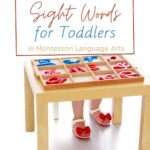 When you look into Montessori Language Arts, you will find a unique and engaging approach that helps toddlers master these important words.
When you look into Montessori Language Arts, you will find a unique and engaging approach that helps toddlers master these important words. - Sensitive Periods in Child Development
 These sensitive periods are unique windows of opportunity that help children easily absorb important skills and concepts.
These sensitive periods are unique windows of opportunity that help children easily absorb important skills and concepts. - Montessori Practical Life Step 1 Guide
 Montessori Practical Life Step 1 Checklists The Easy Way to Keep Your Montessori Journey Organized: Discover an affordable, printable checklist set that helps you organize lessons, track progress, and ensure Practical Life success for every child.
Montessori Practical Life Step 1 Checklists The Easy Way to Keep Your Montessori Journey Organized: Discover an affordable, printable checklist set that helps you organize lessons, track progress, and ensure Practical Life success for every child. - How to Incorporate Montessori Activities into Your Baby’s Daily Routine
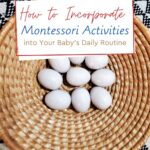 Well, let me get started by telling you that it isn’t just incorporating it into your baby’s daily routine… you need to make it a part of your own as well!
Well, let me get started by telling you that it isn’t just incorporating it into your baby’s daily routine… you need to make it a part of your own as well! - Montessori Culture: Transportation on Land
 One of the most exciting areas in the Montessori curriculum is the study of transportation on land.
One of the most exciting areas in the Montessori curriculum is the study of transportation on land. - Step by Step Curriculum of Montessori Education
 As a parent and Montessori Guide, I know that you are here looking for some guidance in Montessori education.
As a parent and Montessori Guide, I know that you are here looking for some guidance in Montessori education.


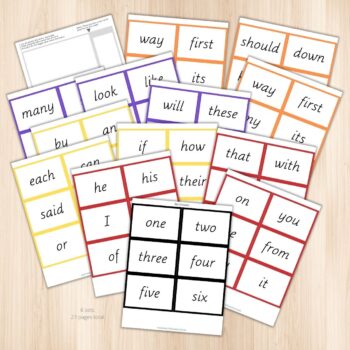
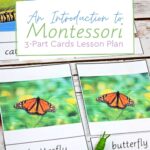


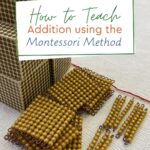
Leave a Reply